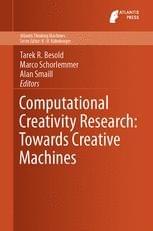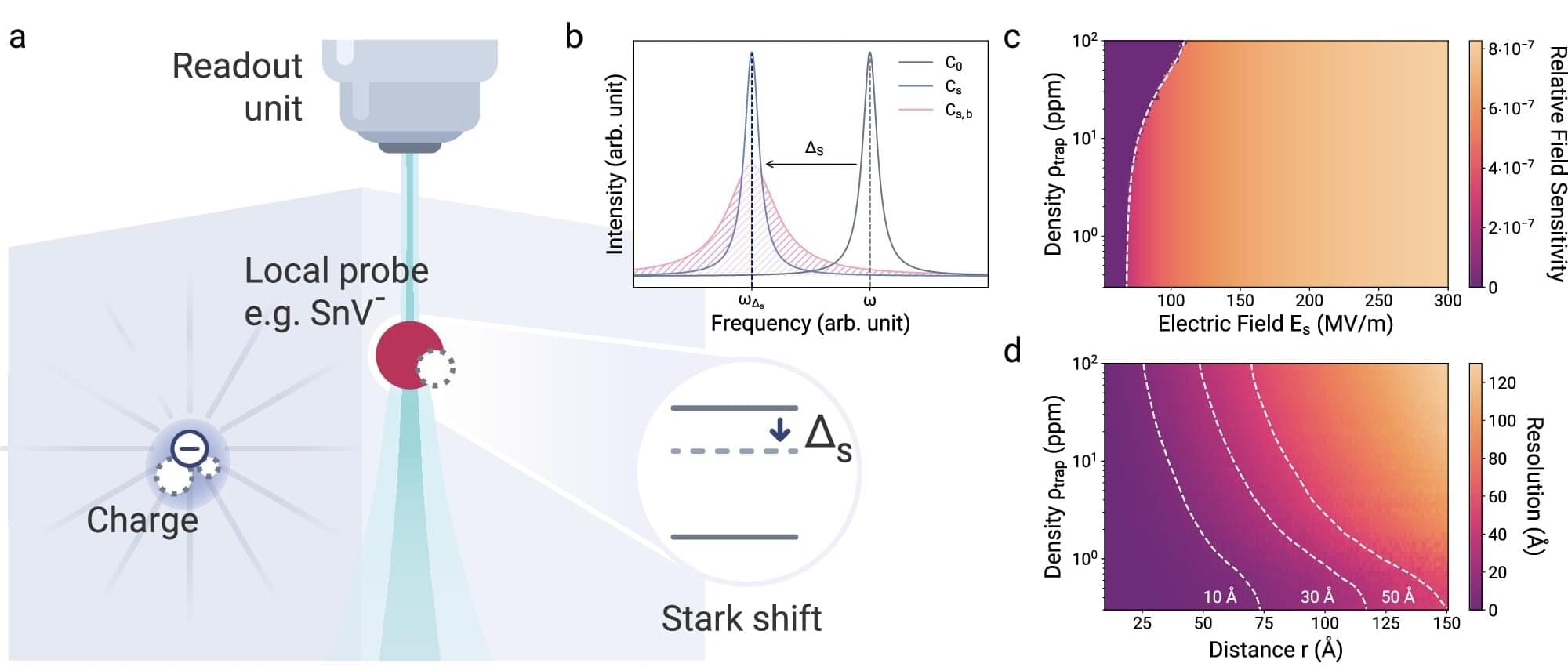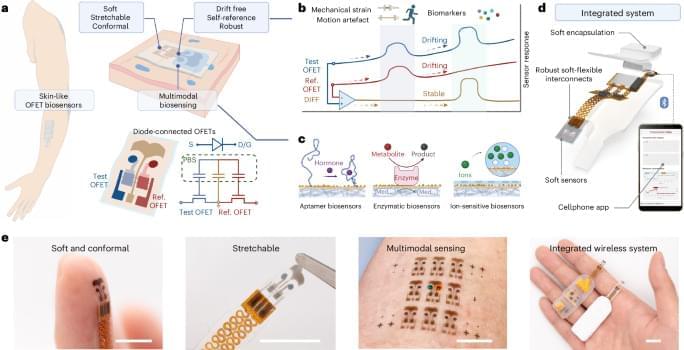Computational Creativity, Concept Invention, and General Intelligence in their own right all are flourishing research disciplines producing surprising and captivating results that continuously influence and change our view on where the limits of intelligent machines lie, each day pushing the boundaries a bit further. By 2014, all three fields also have left their marks on everyday life – machine-composed music has been performed in concert halls, automated theorem provers are accepted tools in enterprises’ R&D departments, and cognitive architectures are being integrated in pilot assistance systems for next generation airplanes.








